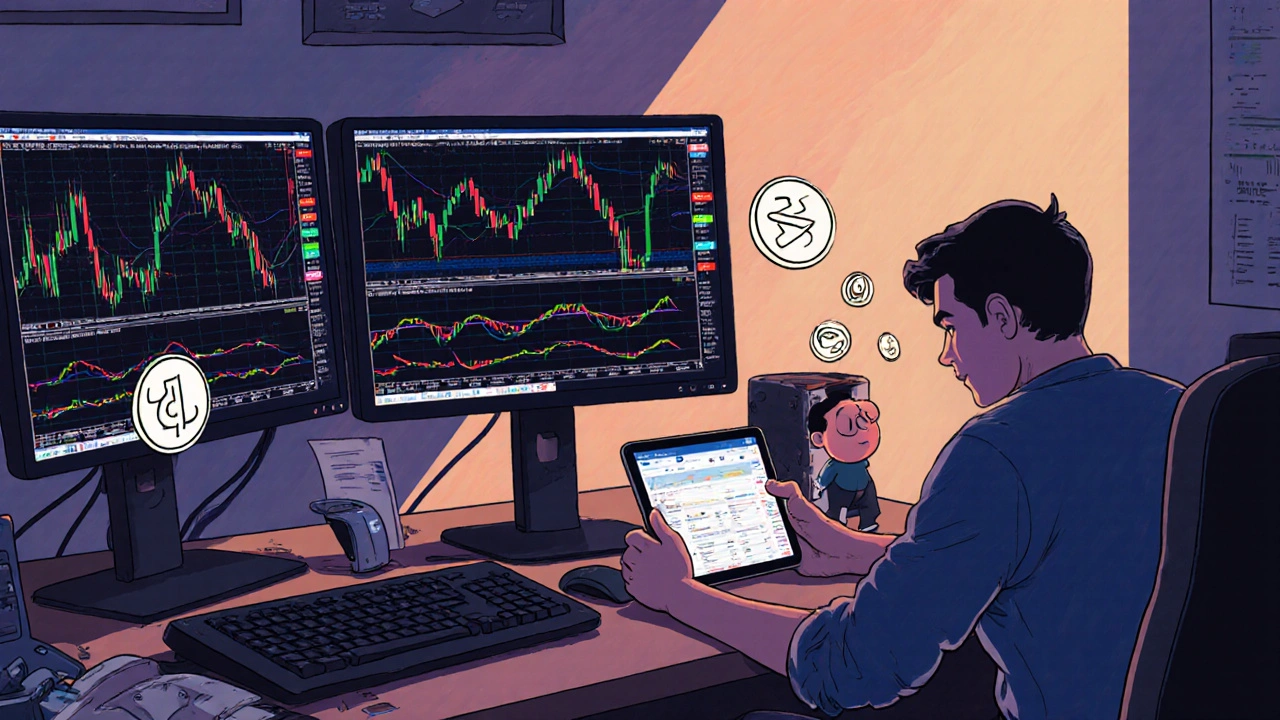Web Trading Platform: How to Choose the Right One for Your Style
A web trading platform, a browser-based system that lets you buy and sell investments like stocks, ETFs, and options without a human broker. Also known as an online trading platform, it’s the digital storefront for your investments—where you place orders, track performance, and access research tools. If you’re trading from your laptop or phone, this is your command center. But not all platforms are built the same. Some feel like a cluttered dashboard from 2010. Others are clean, fast, and built for real traders—not just investors who check their balance once a month.
The right web trading platform matches your style. Are you a day trader who needs real-time charts and one-click execution? Then you need low latency and advanced order types. Are you a long-term investor who buys ETFs every payday? Then you care more about $0 commissions, automatic investing, and simple portfolio views. Some platforms give you 50 indicators you’ll never use. Others hide the basic stuff behind menus. The best ones get out of your way. They don’t try to be everything to everyone—they just do what you need, clearly and quickly.
Behind the scenes, a good platform connects to payment networks, the systems that move money between your bank and your brokerage, and handles transaction flow, how your buy order becomes a real stock holding in your account. If those systems are slow or glitchy, your trade might not execute when you expect. You could miss a price window. You could get a bad fill. That’s not your fault—it’s the platform’s.
And it’s not just about speed. Tools matter. Do you need to backtest a strategy? See earnings calendars? Track dividends? Compare ETFs side-by-side? Some platforms give you all that for free. Others charge extra for basic research. And customer service? Don’t wait until you’re stuck with a failed trade to find out they only answer emails on weekdays.
What you’ll find in this collection are real comparisons—not marketing fluff. We’ve dug into platforms used by actual traders: which ones cut fees on international ETFs, which ones let you set up automated rebalancing, which ones actually work for teens or small business owners. We looked at how robo-advisors, automated investment services that manage portfolios with algorithms differ from full-service trading platforms. We checked how stop-loss orders, automatic sell commands that protect your capital behave on different systems. And we tested how fast orders go through during market volatility—because that’s when you need them most.
There’s no single "best" web trading platform. But there is a best one for you. And after reading these guides, you’ll know exactly what to look for—so you stop guessing and start trading with confidence.
Broker Desktop vs Web Platforms: Which One Gives You Real Trading Power?
Desktop platforms offer power and precision for active traders, while web platforms deliver convenience and accessibility. Learn which one fits your trading style and why most brokers now support both.
View More